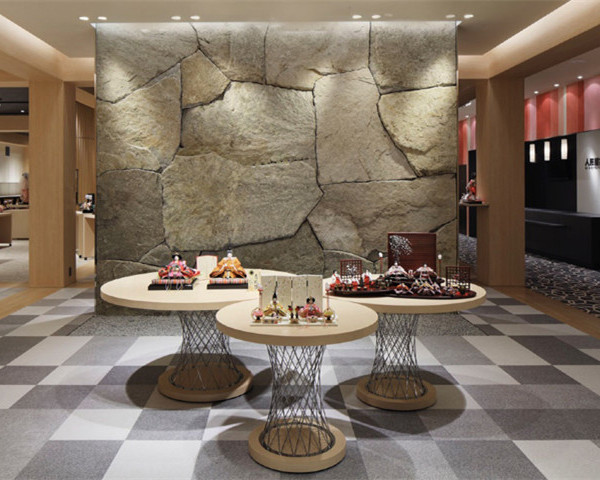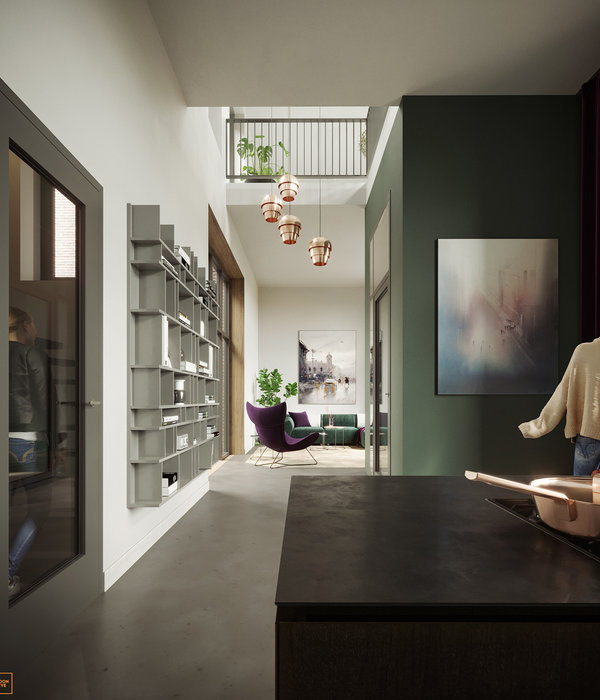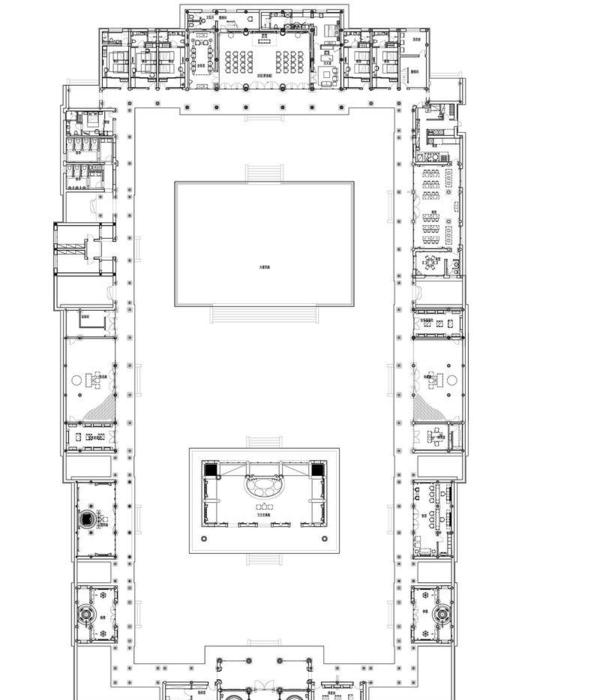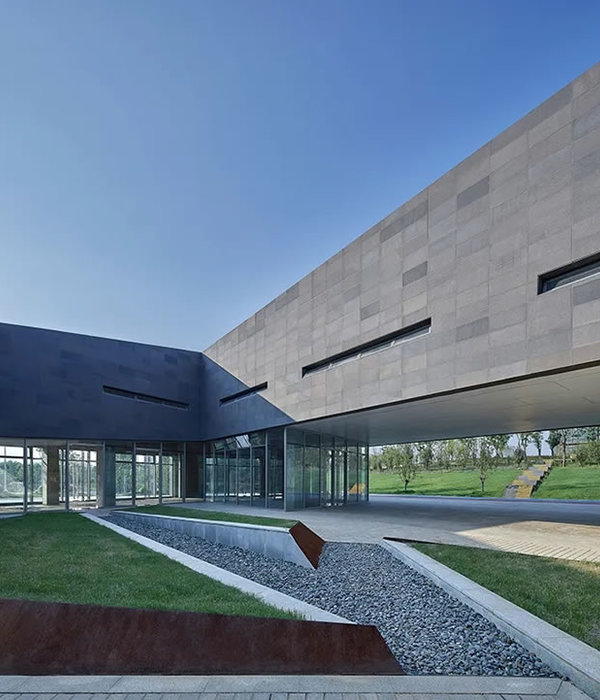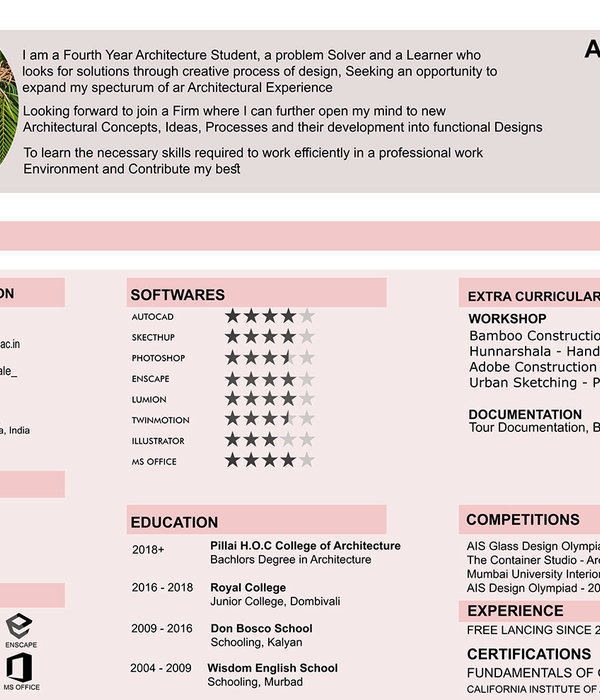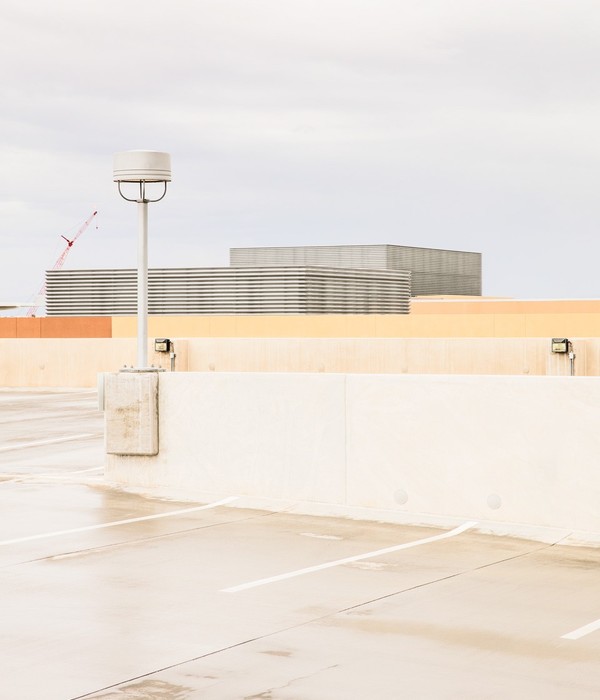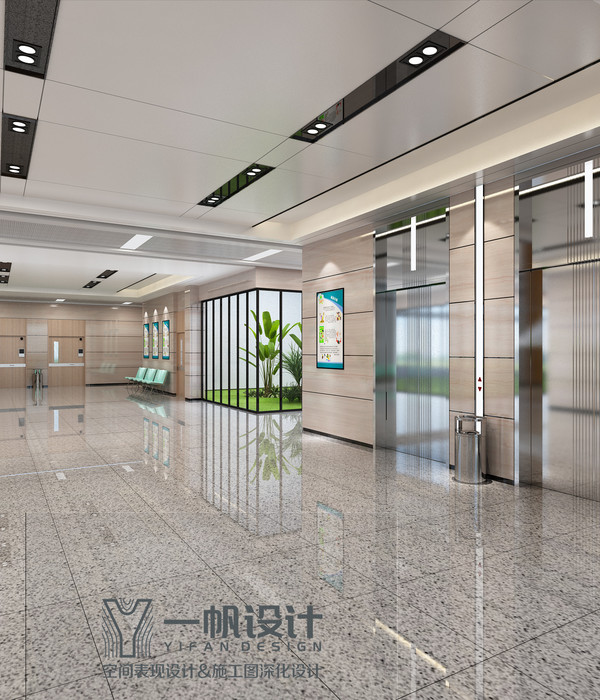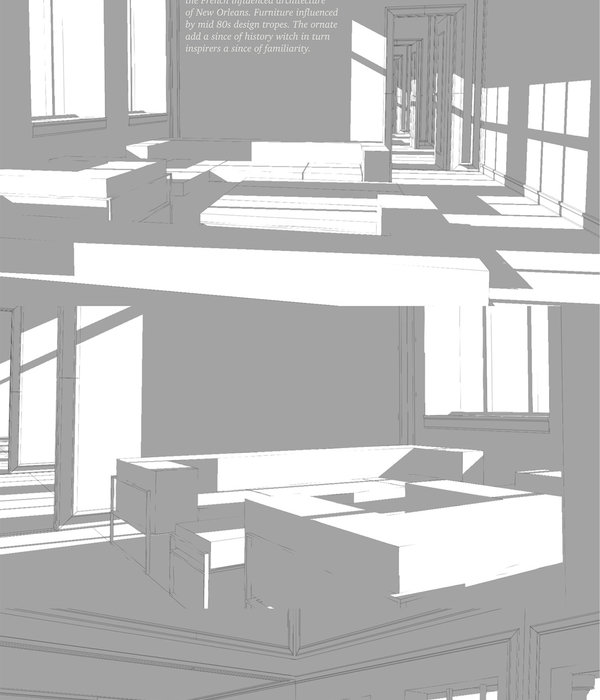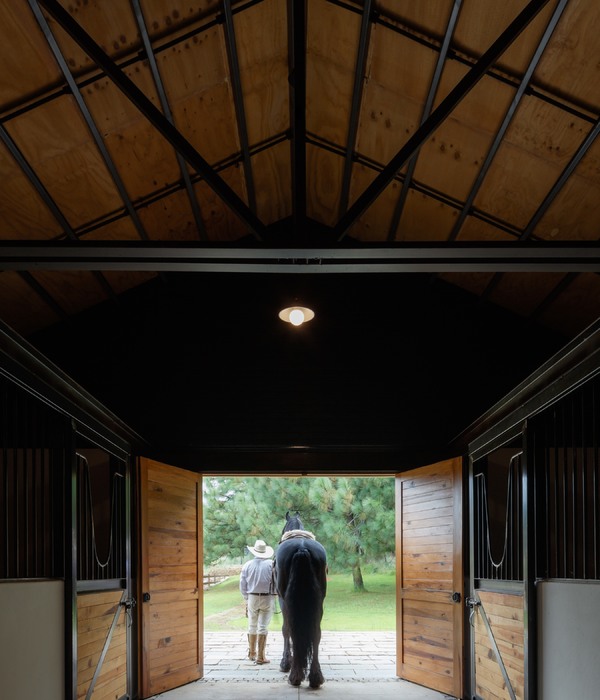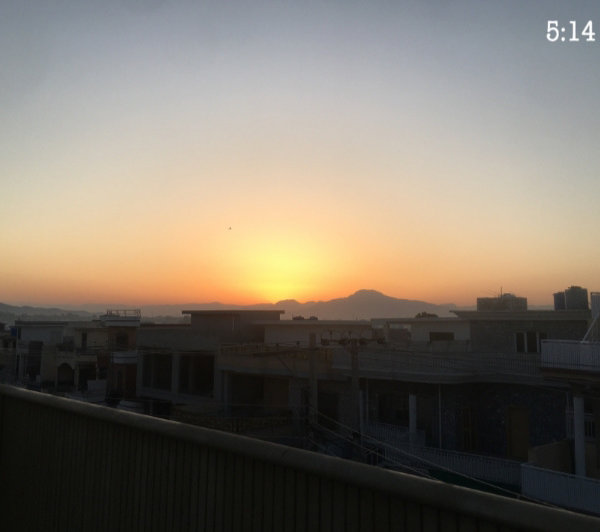With real estate prices in the Czech Republic among the highest in Europe, the local market lacks affordable housing and therefore calls for alternative development solutions that would also be able to strengthen the quality of public spaces. DADA Distrikt provides a locally unique proposition to the problem: the previous storage facility has been adapted into a mixed-use and residential complex with a variety of shared and community spaces. It’s relatively economic reconstruction was made possible through shared funding and direct sales, therefore avoiding additional investment returns to developers and fees to real estate agencies.
The building is located adjacent to the brownfields of the historical industrial Zbrojovka area in Brno, facing the river Svitava which is now activated by just a bike lane and bears the potential of becoming a mediating element to change the whole district. With this intention we designed a corner entrance to the building, transforming the intended residential function into a high-quality urban and urban-communicating multifunctional facility. To further connect the function to the street we planned at the ground level a generous open space plan for hosting commercial and office spaces. The assignment itself, as well as the choice of the object, underlines its industrial aesthetics as an added value. Player’s in today's real estate market are looking for elements that have an overlap. If this overlap also has a history and a certain degree of complexity, it is all the more attractive.
This is, for example, the reason why there has never been any speculation regarding the removal of the elevator car in the courtyard of the building. It is a sculpture of the frozen history of the place and thus becomes an element of the luxury of the project. Each adaptive-reuse project needs to be treated based on the potential and complexity of the building itself, and in the case of DADA Distrikt, the inspiration laid in the historical combination of its industrial and functional content with a decorative accent on the facade. Another original element we maintained and highlighted is the rounded corner of the staircase, which gives the whole material a unique look.
Designed as a shell-and-core, the main load-bearing structure has been cleaned up to its most elementary and therefore strongest form. This process revealed the possibilities of how to shape the layout solution. When adopting an existing building, it is important to be let guided by the building and adapt it to its essence. The opposite procedure leads to a disproportionate price of the reconstruction or the reduced operability of the project. In response to the issue with floods in the Country and the building’s sensible closeness to the riverside, we designed a green roof as a tool for water management. The roof becomes a filter for the rainwater, slowing down the flow and therefore making the building a responsible player at the urban level of the area. The greywater is also used throughout the building for its internal functions such as washrooms and irrigation.
{{item.text_origin}}

